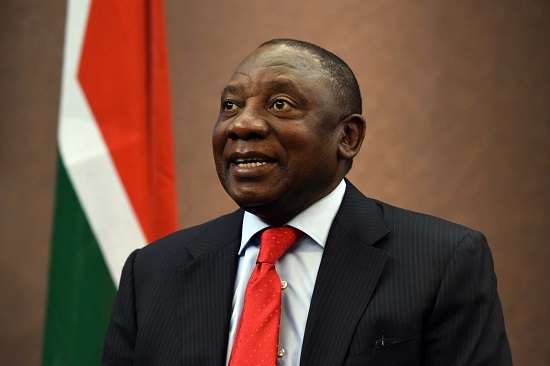This post has already been read 1242 times!
When South African student Itumeleng Chalele left his hometown of Qwaqwa — once a tribal “bantustan” where blacks were contained during apartheid — he was bursting with hope.
Armed only with his admission document and money for the registration fees, he set off in 2016 to begin a degree in logistics at the University of Johannesburg.
But five years later, the 23-year-old has accrued the equivalent of nearly $9,000 (7,600 euro) in student debt, despite benefitting from a partial government grant.
In January, he was locked out of his honours programme.
“It has been a difficult experience. Every year has been tough,” said Chalele.
Raised by his grandmother in a household of seven, including an unemployed uncle, the aspiration was to clamber out of the poverty that has marked his life.
But last week, he joined the hundreds of university students who demonstrated across South Africa demanding free education.
They blockaded roads, torched trash bins, forced businesses to pull down their shutters, and clashed with police.
– ‘Stressed out‘ –
Sporadic protests began in early January after Higher Education Minister Blade Nzimande announced that some students would be excluded from a government-sponsored tuition aid scheme.
The scheme was left short of funds after budget cuts in response to revenues undermined by Covid-19’s economic impact.
In the gravest incident of this year’s unrest, a 35-year-old city planner caught between the Johannesburg police and students was shot dead.
Amogelo Mabote, a 21-year-old studying quantity surveying at the University of the Witwatersrand (Wits), joined the protests after running into financial hurdles at re-registration.
“It has been rough. I did not have the 9,000 rand ($600/500 euro) they were asking for registration. My parents were stressed out,” she said, sounding distraught although she did eventually secured readmission into the top-tier university.
Finding funding has “been a real struggle,” she said — she still owes the university the equivalent of $2,300.
– ‘Like a TV soapy’ –
Unrest hits South African universities every year over prohibitively expensive tuition fees that many argue shut poorer, often black, students out of higher education.
Drawing a diverse group of students and with class divisions simmering below the surface, the protesters are drawn from two groups: those “born free” after the end of apartheid and the “missing middle”, who are neither poor enough to qualify for state funding nor rich enough to bear the cost of tuition alone.
Nzimande said the protests had become “a soapy,” likening it to a long-running TV show called “The Bold and The Beautiful.”
“Every… beginning of the year there is instability,” he told lawmakers, vowing to end the crisis of the “missing middle.”
Analysts say not enough is being done to address the cycle of protests, amid growing frustration at inequalities that persist nearly three decades after the end of the white-minority rule.
While the right to education is equally important to the anti-apartheid fight, South Africa has “a leadership that is kicking the can down the road,” University of Johannesburg political analyst David Monyae told AFP.
Nationwide student protests for free education erupted six years ago under the social media hashtag #FeesMustFall, and two years later ex-president Jacob Zuma promised it to poor and working-class undergraduates.
For this year, the government has yielded to pressure and lifted its spending cap, approving an additional $2.8 billion to the state aid scheme, targeting first-time qualifying students.
The scheme provides bursaries to cover registration, tuition, accommodation, and food for students whose parents earn below 350,000 rands ($23,000 /19,500 euro).
Some universities have allowed students to resume classes “to cool the situation down”, according to Chalele, but the debt crisis remains and student unions remain reluctant to call off their campaign.



